Overview of the IP54 Kit
The IR1800 has a kit, which when installed, provides dust and water protection and discourages tampering.
The PID is IR1800-IP54-KIT.
Before you begin, make sure that you have completed all of the standard installation steps described in the earlier chapters of this guide.
 Caution |
The IP54 kit installed with the router is not intended to meet the Hazardous Locations IP54 requirement according to IEC 60079-7:2018, clause 23. |
 Caution |
All the cabling that extends from the router and gets terminated elsewhere, that is, Power, Ethernet, Antenna, and so on, must have a minimum ingress protection rating of IP54 according to EN60529 when used in conjunction with the IP54 kit. It is the responsibility of the customer to ensure that all cabling and terminations outside of the router meet the required ingress protection requirement. In addition, the router is not designed for and should not be placed outdoors. The intent of the IP54 kit is to provide supplementary protection to the router against dust and occasional splashing water. Cisco cannot guarantee prolonged reliable operation of the router if these guidelines are violated. |
 Caution |
Before beginning the installation of the IP54 kit, consider carefully whether the installation site is strong enough to support the combined weight of the IP54 enclosure and the router that it encloses. |
The IP54 kit contains:
-
Front Cover Components
-
Back Cover
-
Screws to build the kit and attach it to IR1800
The front cover is shipped disassembled because it must be assembled onto the IR1800. The front cover comprises four parts.
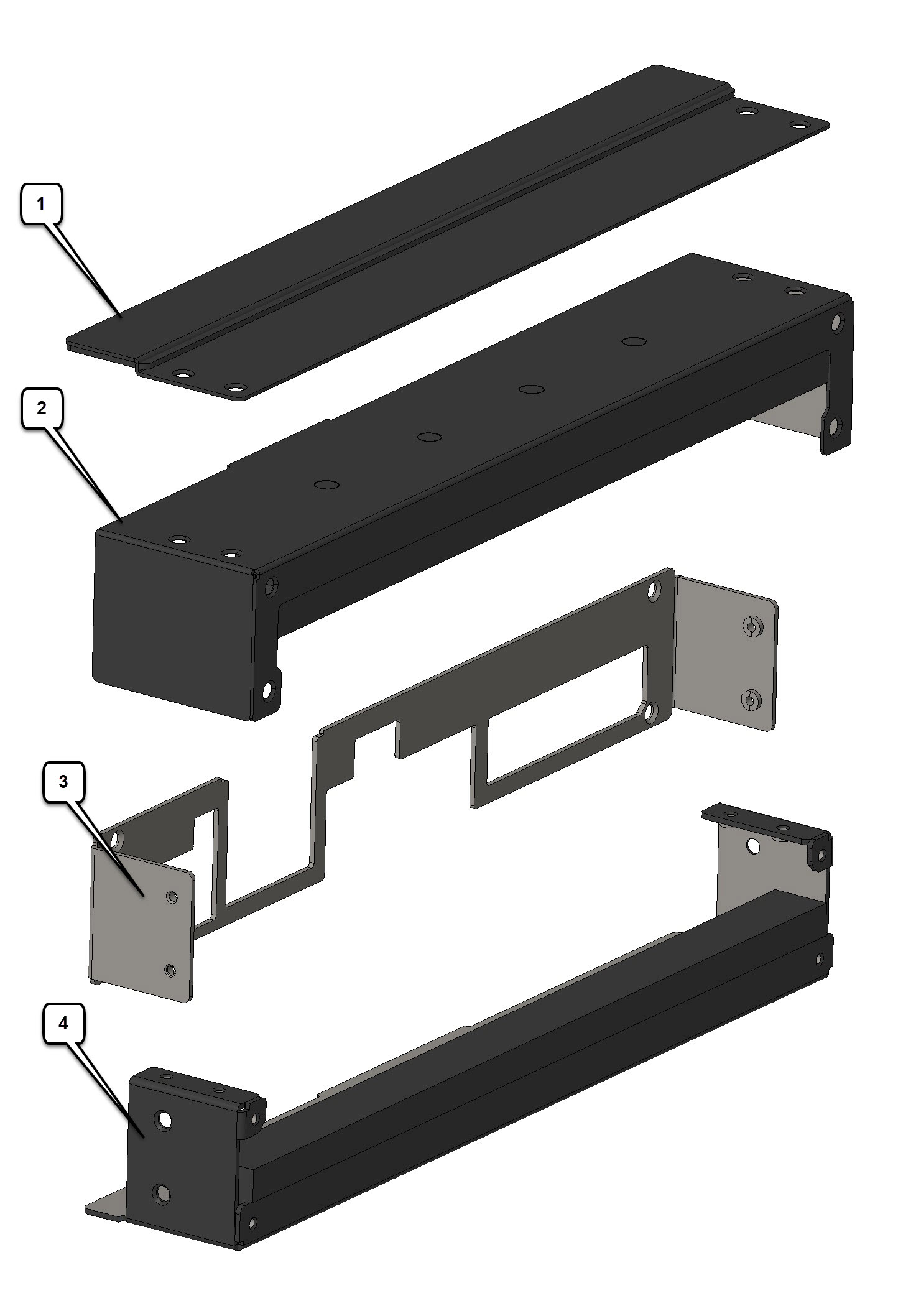
|
1 |
Top Cover Plate |
|
2 |
Top Cover |
|
3 |
Mounting Plate |
|
4 |
Bottom Cover |
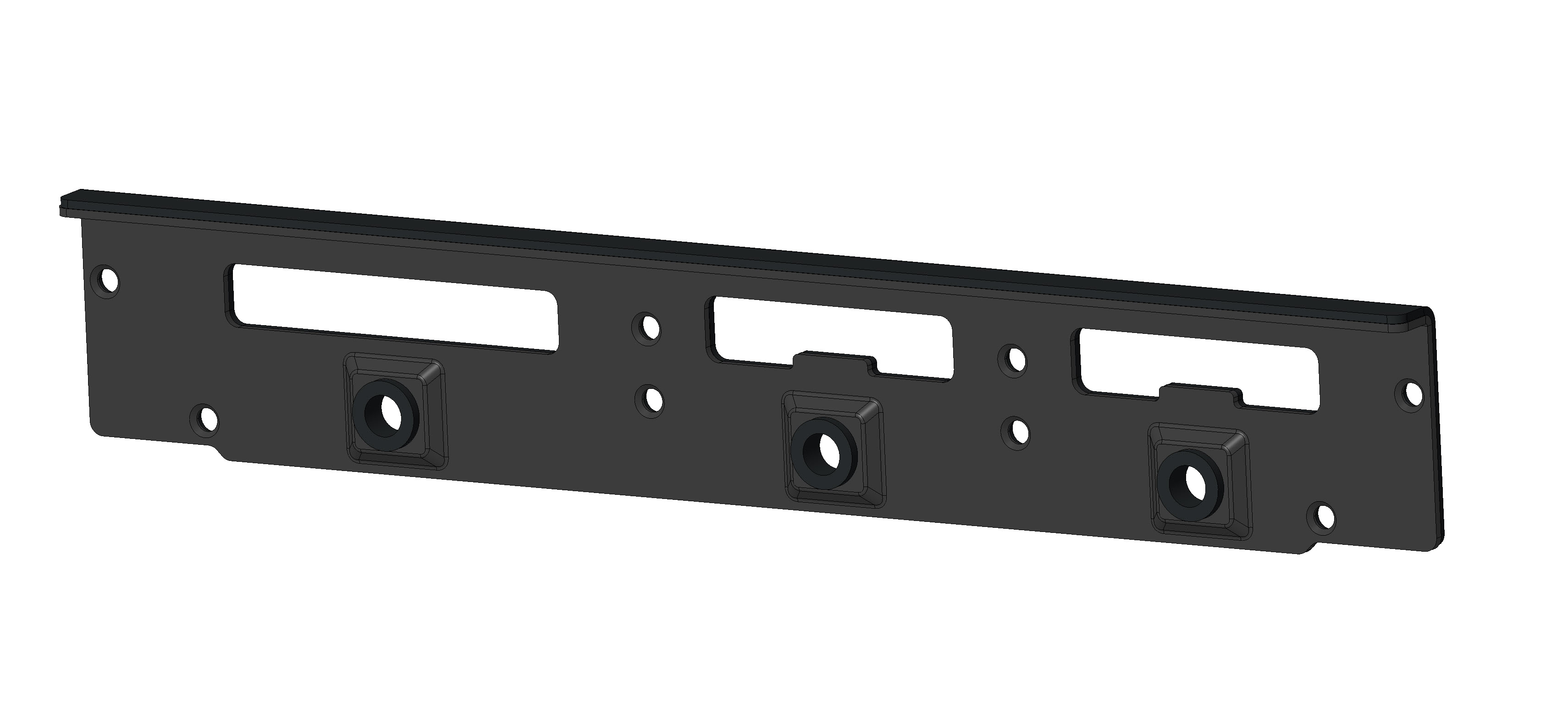
The IP54 back cover ships as one piece with eight screws.

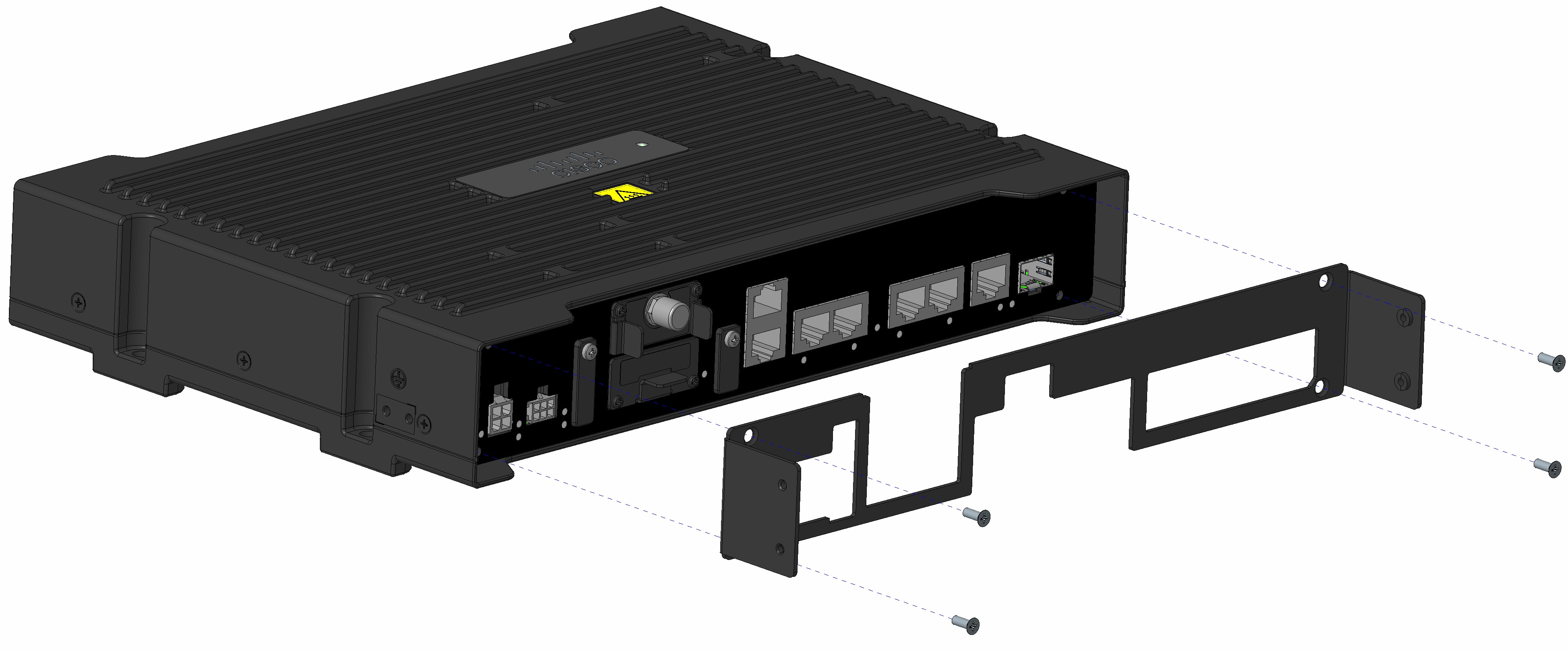
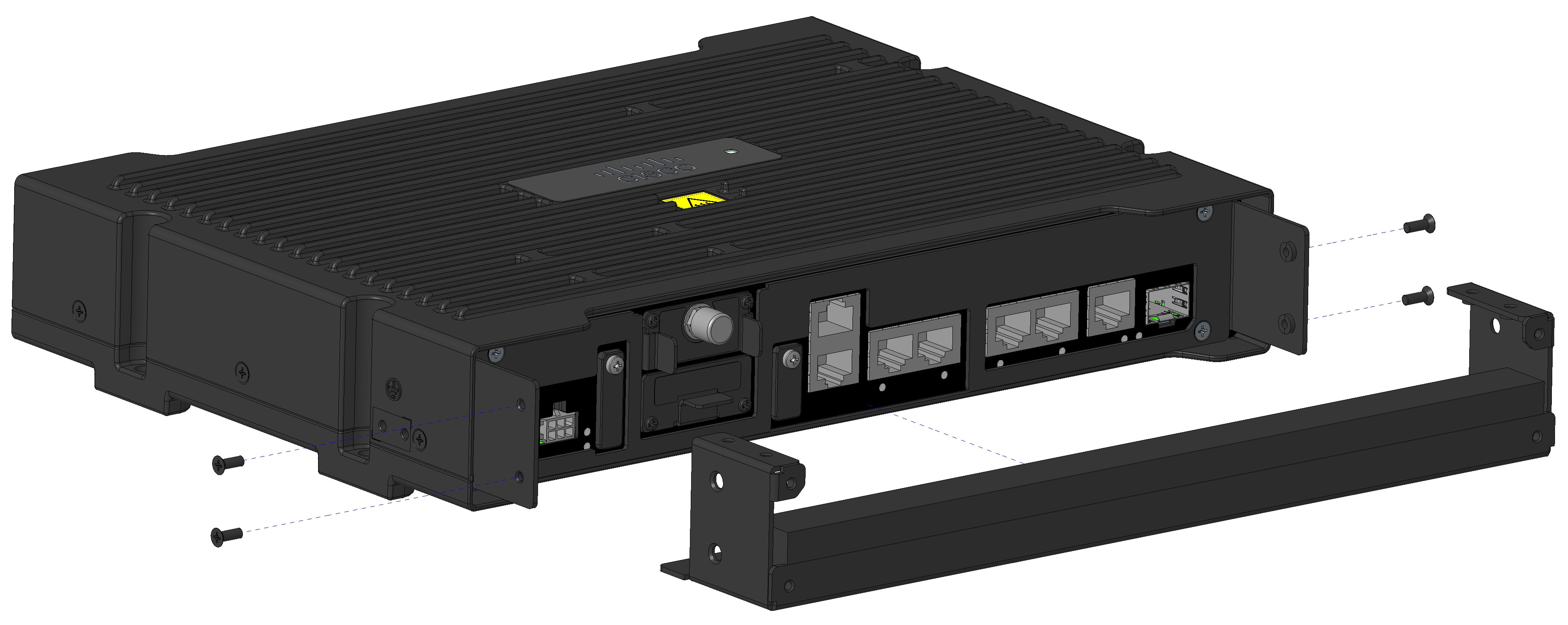
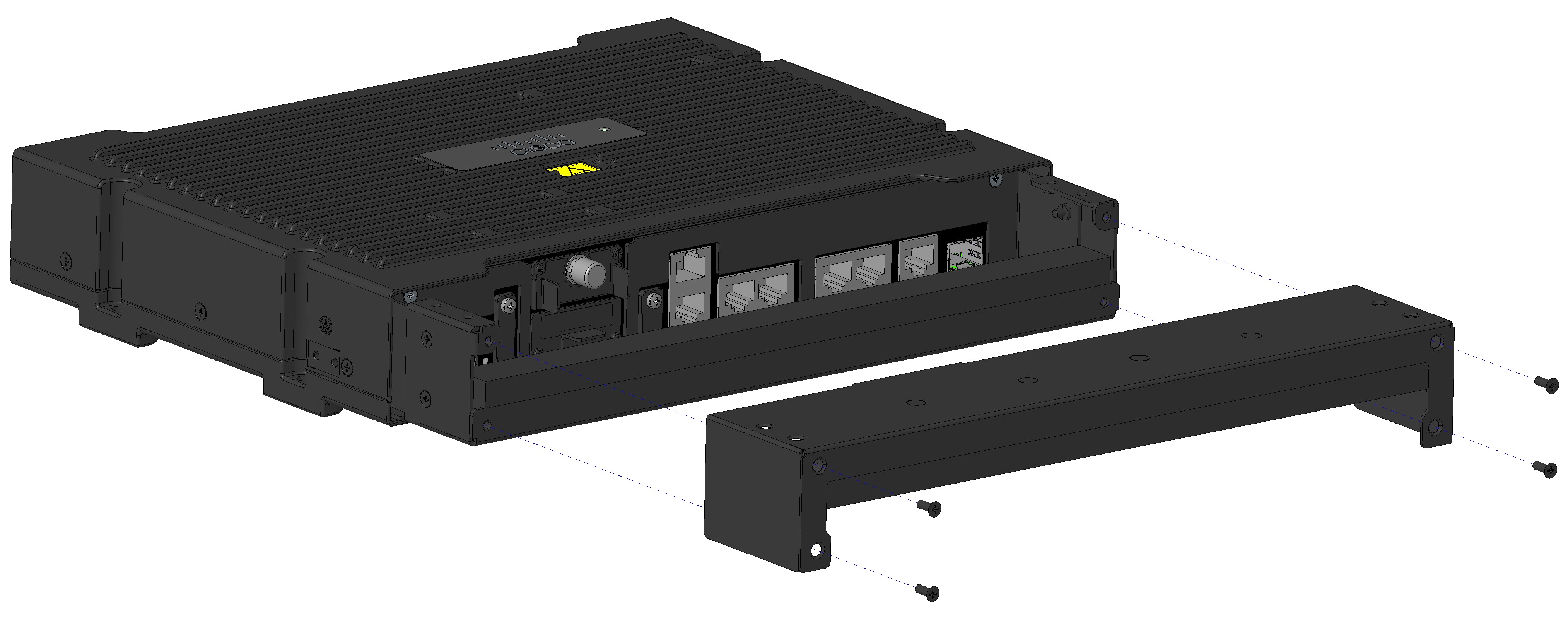
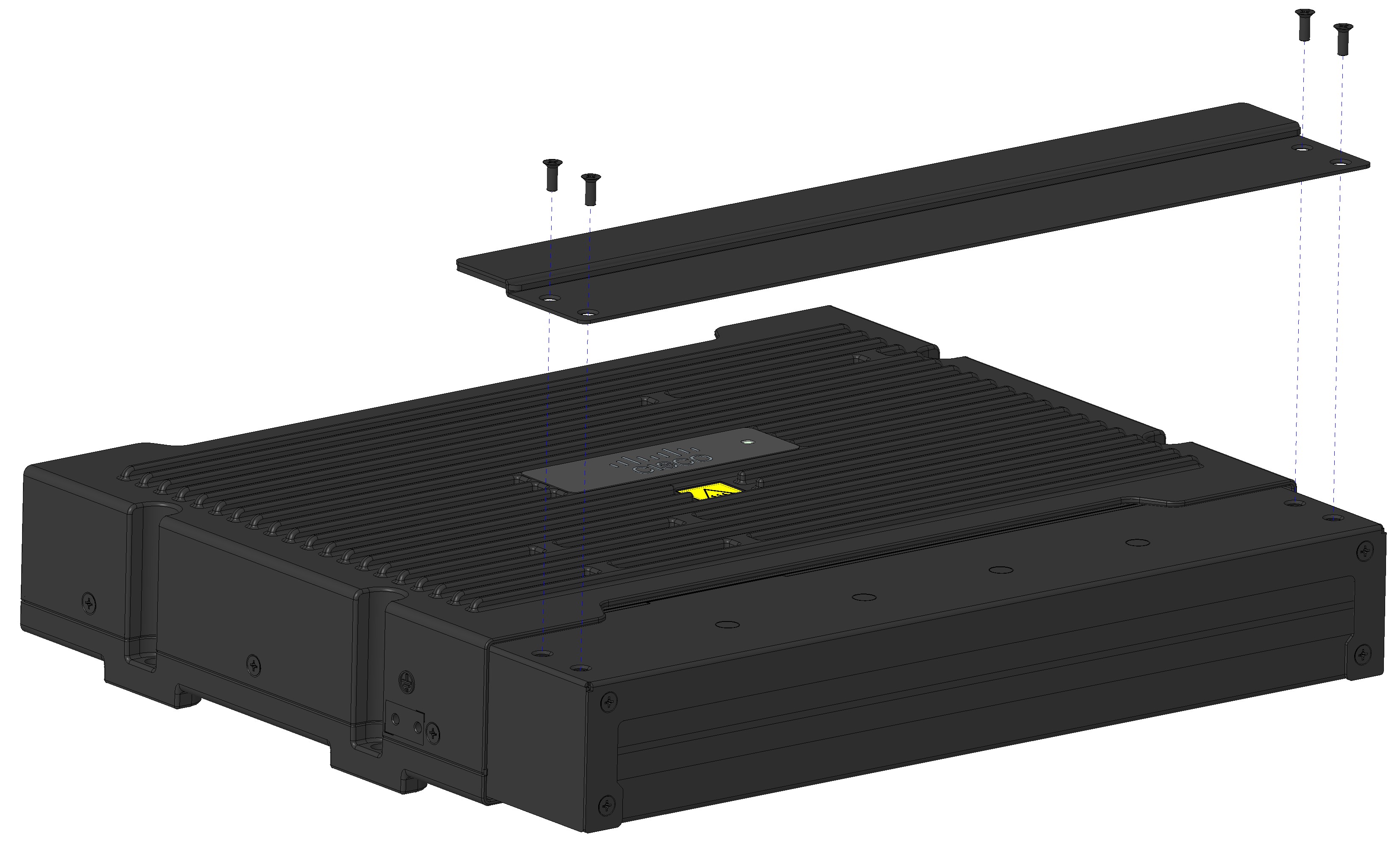
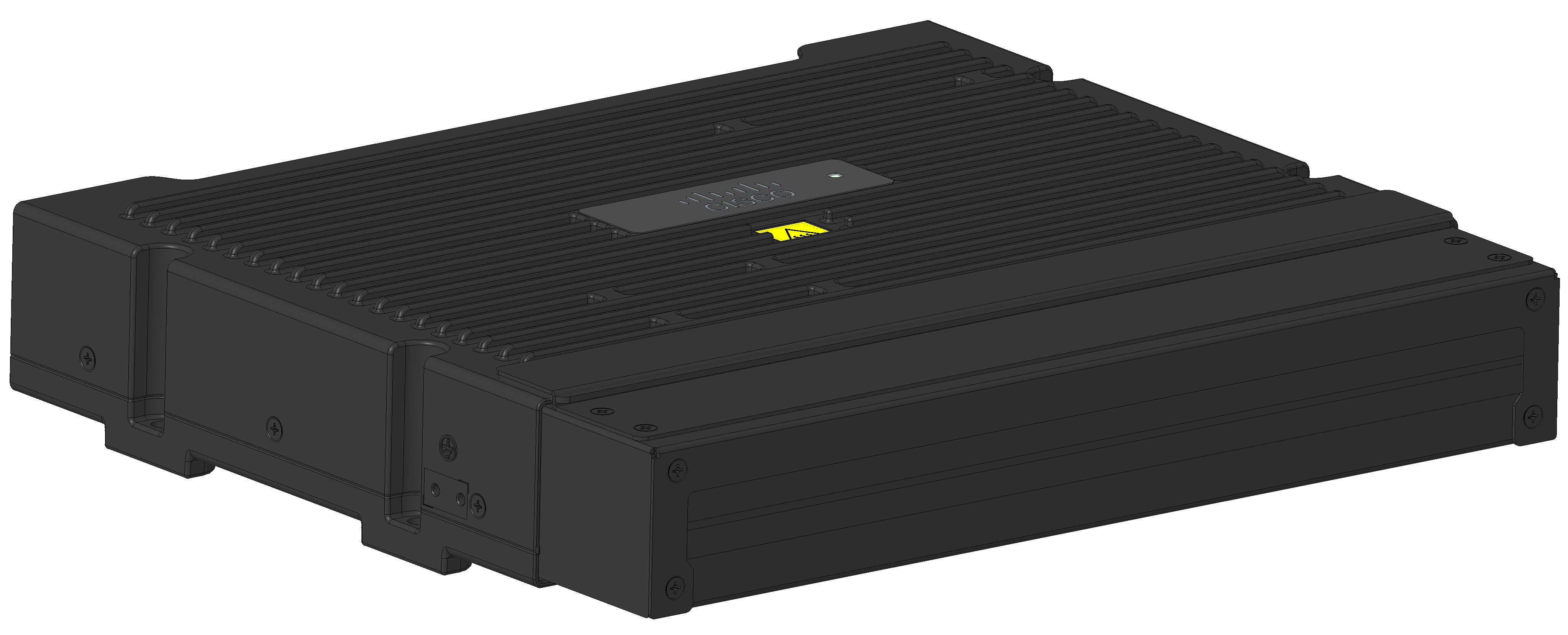
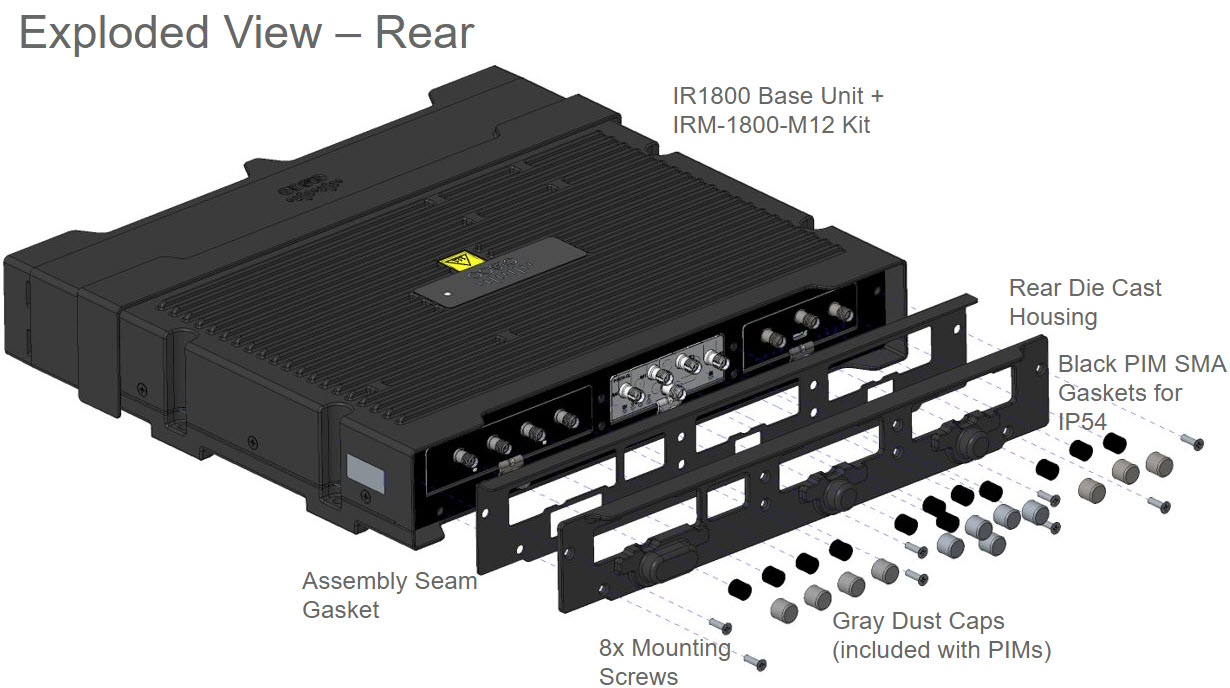
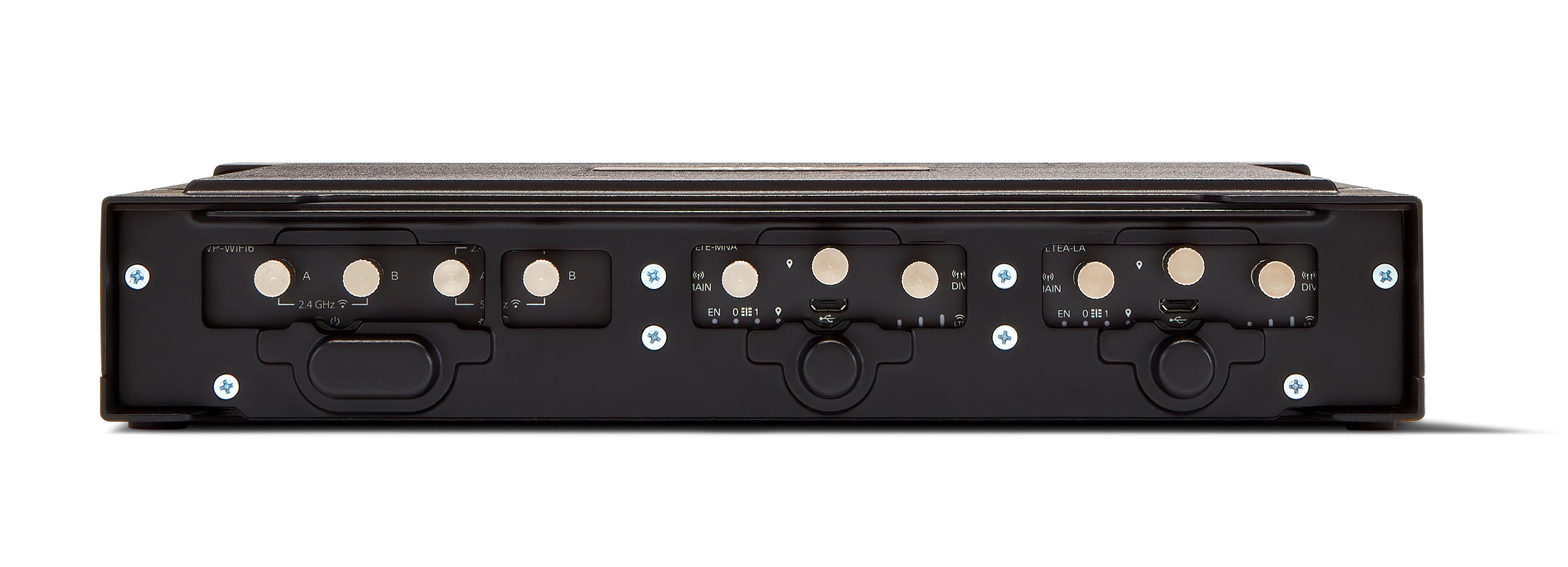
 Feedback
Feedback